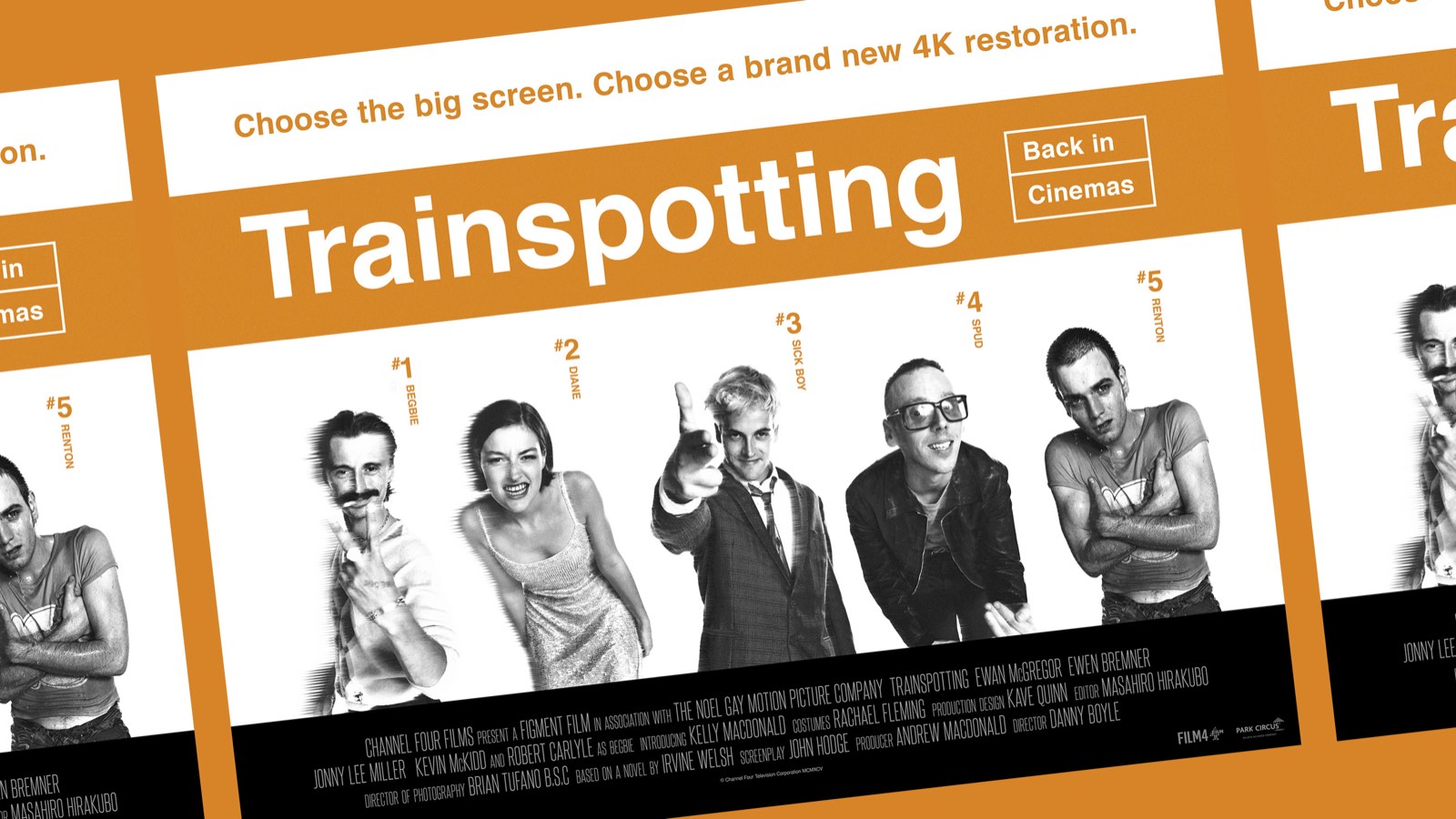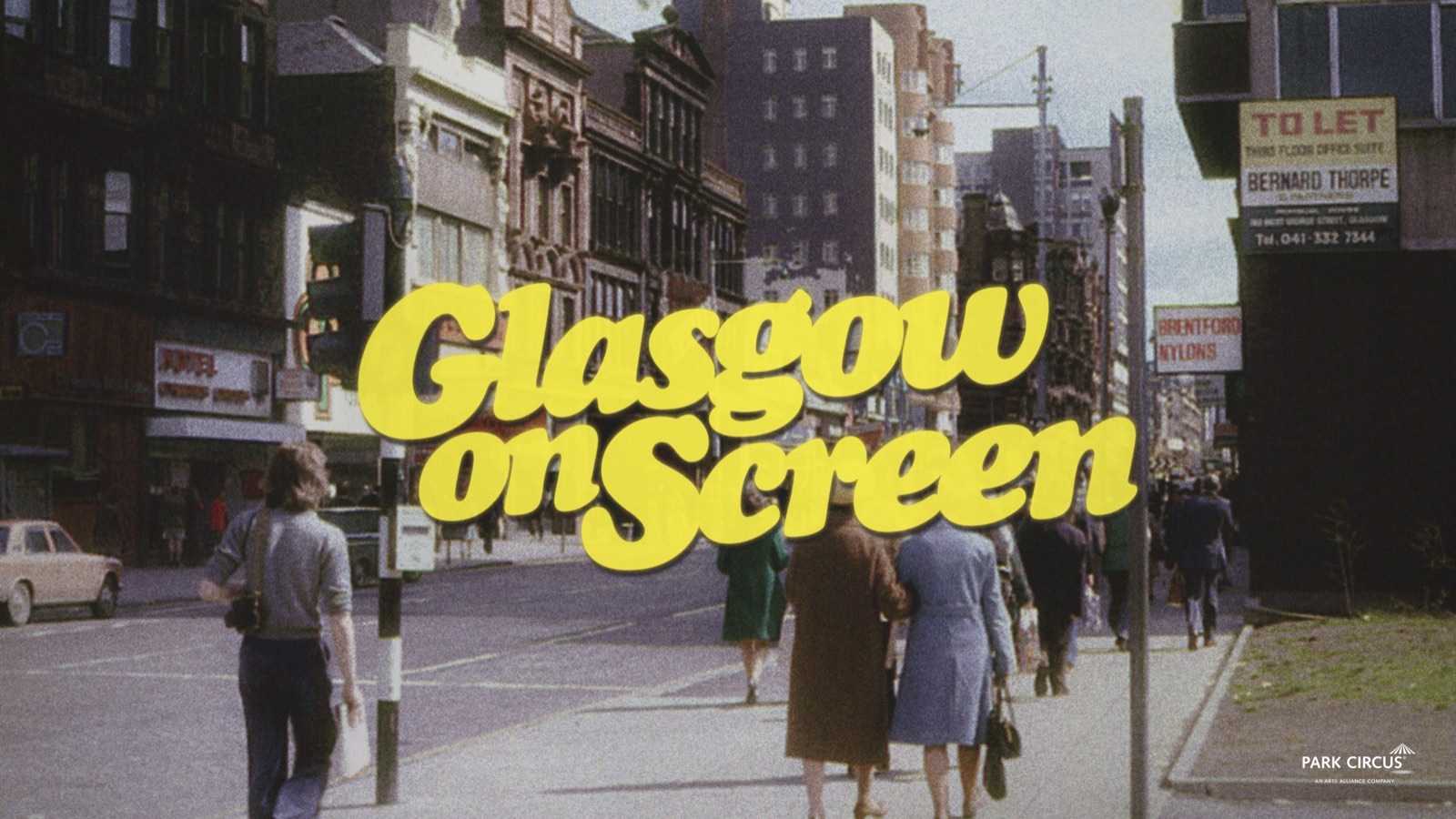
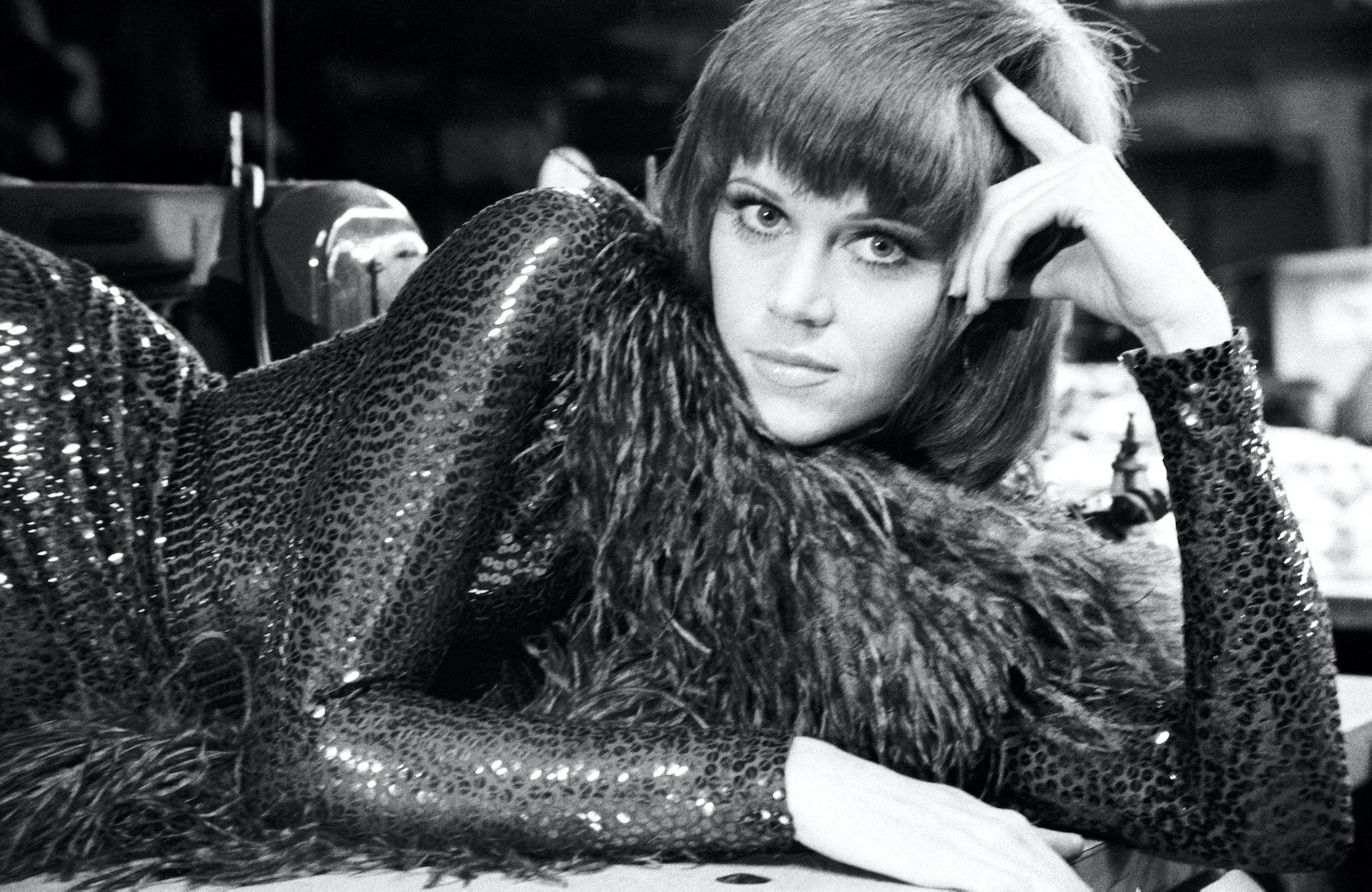
The collective experience of audiences in a cinema watching great films is at the heart what Park Circus is about. We love films, shared stories and escapism, and we like to ask some of our friends from across the film industry to recommend some of their favourite films for audiences to enjoy on the big screen.
This month, our Guest Picks are focusing on fashion on film with a real expert – Beatrice Behlen is Senior Curator of Fashion at the Museum of London and one half of Bande à part podcast with Rebecca Arnold, Senior Lecturer in History of Dress & Textiles at the Courtauld Institute.
Beatrice and Rebecca often talk about clothes in both documentary and fiction films, and here are a few of Beatrice’s personal favourites to seek out on the big screen near you! Beatrice says:
"The historic garments in the archive at the Museum of London can never be worn again, so I love watching old films to see how clothes might have once behaved on the body (among many other reasons). This is why I am focusing here on films that use contemporary dress, clothes worn at the time the film was made. Costume designers working on movies set in the past might have many reasons for abandoning historical accuracy. I have no problem with that – the opposite – I love to see how designers interpret and sometimes subvert what we know of the history of dress, but I will leave the many ‘period films’ I have known and loved for another list."
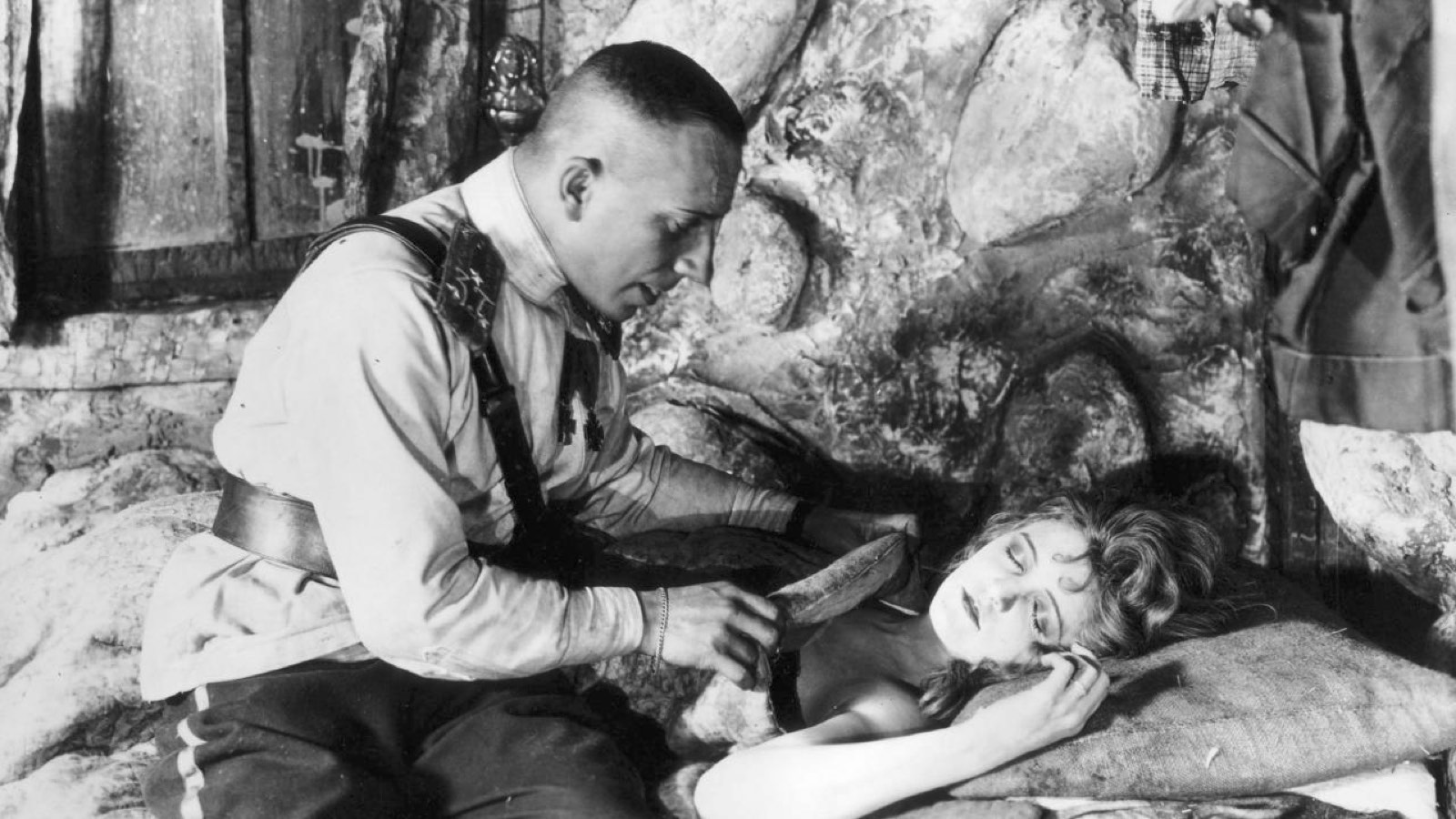
Foolish Wives (1932) - Image courtesy of Cohen
Foolish Wives (Erich von Stroheim, 1921)
Anything with Erich von Stroheim gets my vote. In Foolish Wives, he not only directs but also plays one of the main roles, a man who falsely assumes an aristocratic name and title, not unlike Stroheim himself. Unsurprisingly, as Count Wladislaw Sergius Karamzin he wears a uniform for most of the film, but we first encounter Stroheim in a fabulous, watered silk dressing gown, with satin shawl collar and cuffs and silk rope belt. The many crowd scenes, filmed in Universal’s recreation of the Côte d’Azur in the US, a particularly long section set in a casino, show what women (and men) wore in the pre-flapper era.
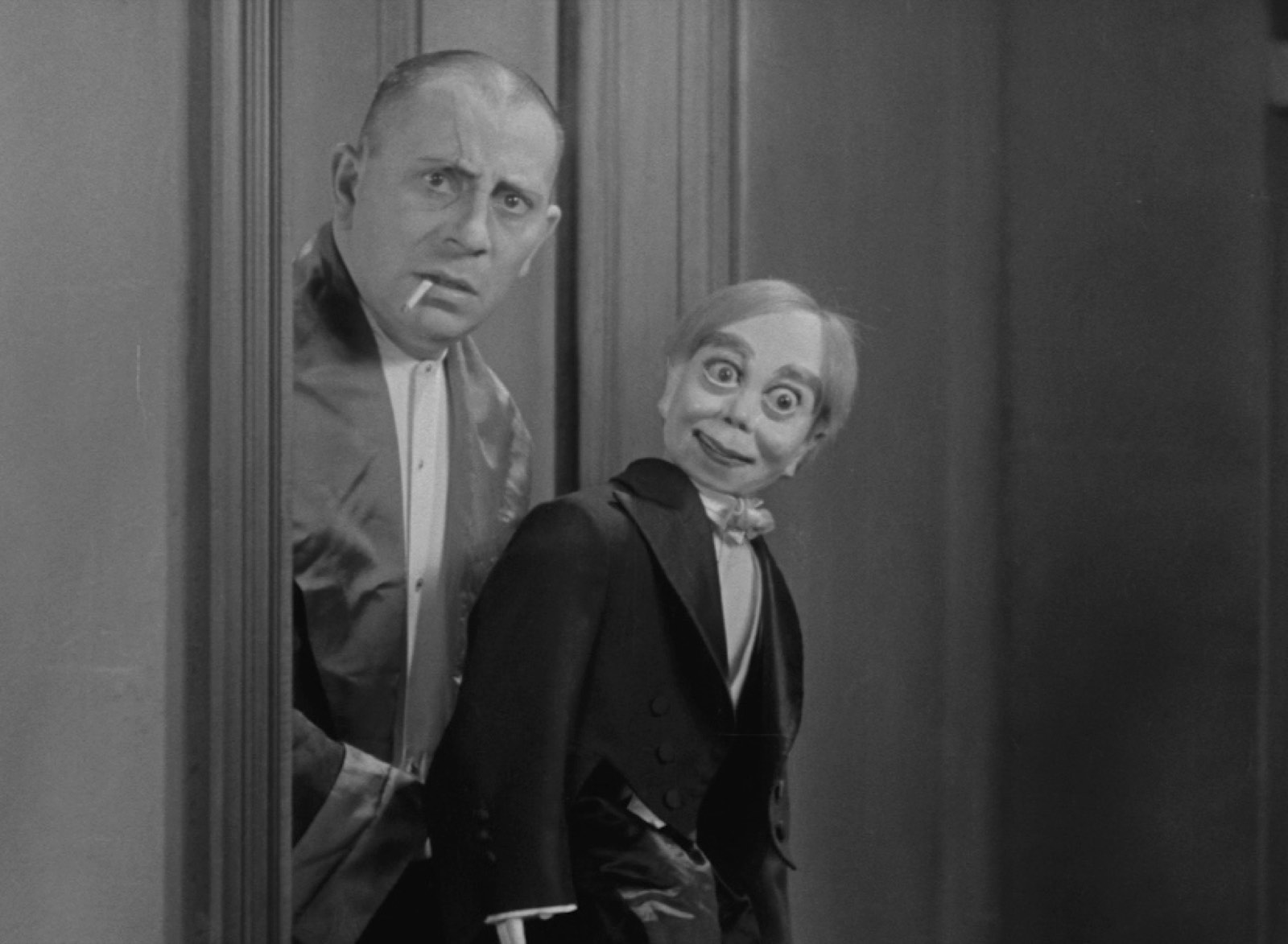
The Great Gabbo (1929) - Image courtesy of Renown
The Great Gabbo (James Cruze, 1929)
I will not even try to attempt to describe the plot of The Great Gabbo, one of my all-time favourite films, but only mention that Stroheim stars as the eponymous performer, a ventriloquist, who can only express emotion through his dummy Otto, which leads to him losing the love of his life, Mary, to another man, Frank. The main reasons, apart from von Stroheim, I urge you to see this film are the fantastical costumes in the revue numbers, in particular "Caught in the Web of Love". This sees Mary in a rhinestone-encrusted insect costume (maybe she is supposed to be a fly?) and Frank disguised as a spider duetting while standing in the centre of a gigantic web. The chorus girls are also dressed as insects wearing wide-hipped "robes de style" and enormous feather wigs from which strange appendages hang in front of their faces. Be careful, the tune is a bit of an earworm and not easily forgotten!
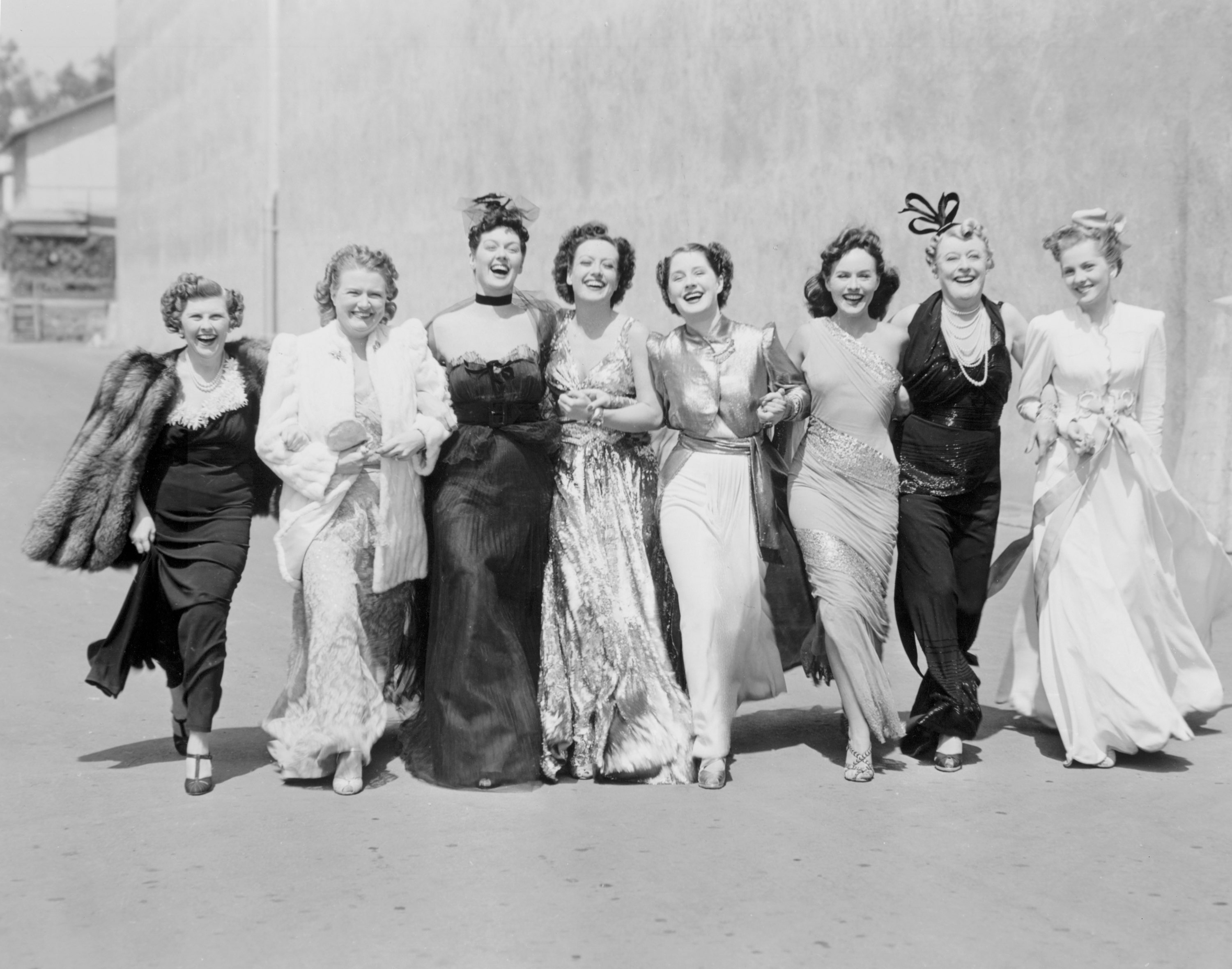
The Women (1939) - Image courtesy of Warner Brothers
Our Dancing Daughters (Harry Beaumont, 1928), Our Modern Maidens (Jack Conway, 1929), Dancing Lady (Robert Z. Leonard, 1933), & The Women (George Cukor, 1939)
Like von Stroheim, Joan Crawford makes several appearances on this list. Our Dancing Daughters and Our Modern Maidens allow Crawford to demonstrate her dancing skills in a variety of glittering eveningwear. For Our Modern Maidens, these are credited to Adrian Adolph Greenburg, usually known just as Adrian, whose costumes - while based on contemporary styles - are often deliciously over the top. This definitely applies to one of Crawford’s outfits: a matching bikini top, short skirt split to the waist, wide cape and long gloves in a light-coloured fabric decorated with elongated black teardrop shapes, large spangles and white feather trimming.
Crawford also stars in George Cukor’s 1939 film The Women, where she joins Norma Shearer, Paulette Goddard, Joan Fontaine and many others in an all women cast. The black and white film famously switches to glorious Technicolour for a fashion show sequence, which starts off with leisure wear, followed by town suits and romantic gowns before ending with glamorous evening dresses, many of which incorporate Adrian’s – yes him again – trademark hoods. There are many surrealist touches, most notably in a top worn by Rosalind Russell which is adorned with three eyes with long lashes and curved eyebrows. Mary Boland’s Reno ranch outfit: plaid shirt, jeans (oh yes) and studded leather cuffs and belt is also noteworthy.
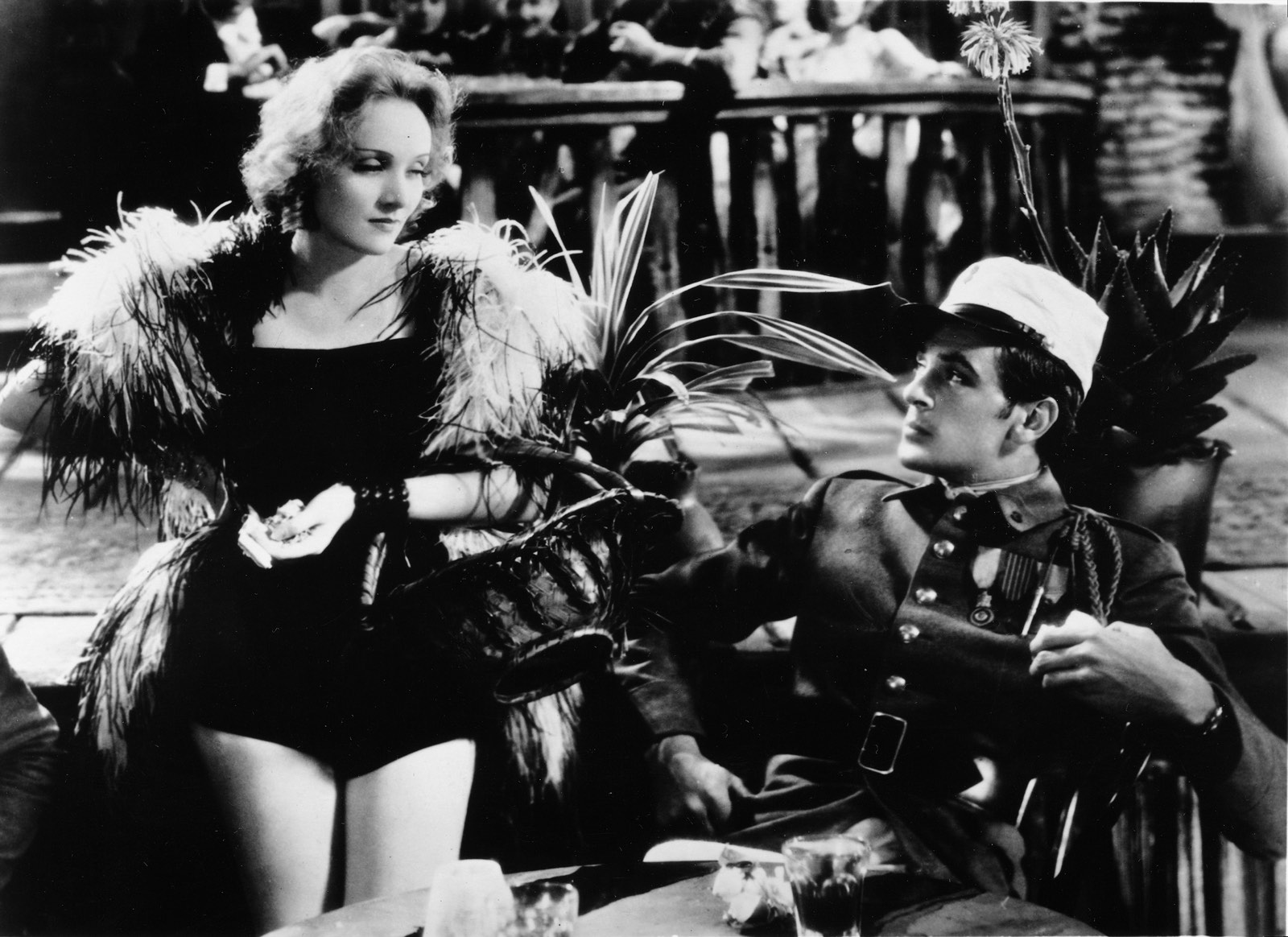
Morocco (1930) - Image courtesy of Universal
Morocco (Josef von Sternberg, 1930)
In Morocco, Marlene Dietrich - in her first American film - plays the cabaret singer Amy Jolly. For her first nightclub performance, Dietrich wears a tuxedo, bib-fronted shirt and white bow tie, heavily polished shoes and top hat. She is not just dressed like a man, she struts like one, keeping one hand in her trouser pocket while using a cigarette with the other to great effect, stealing the flower hair ornament of a female guest to use as buttonhole before kissing her. The previous year, Dietrich had worn a tuxedo with a massive buttonhole to a ball for foreign press in Berlin, see Alfred Eisenstaedt’s photograph, which apparently inspired director Josef von Sternberg.
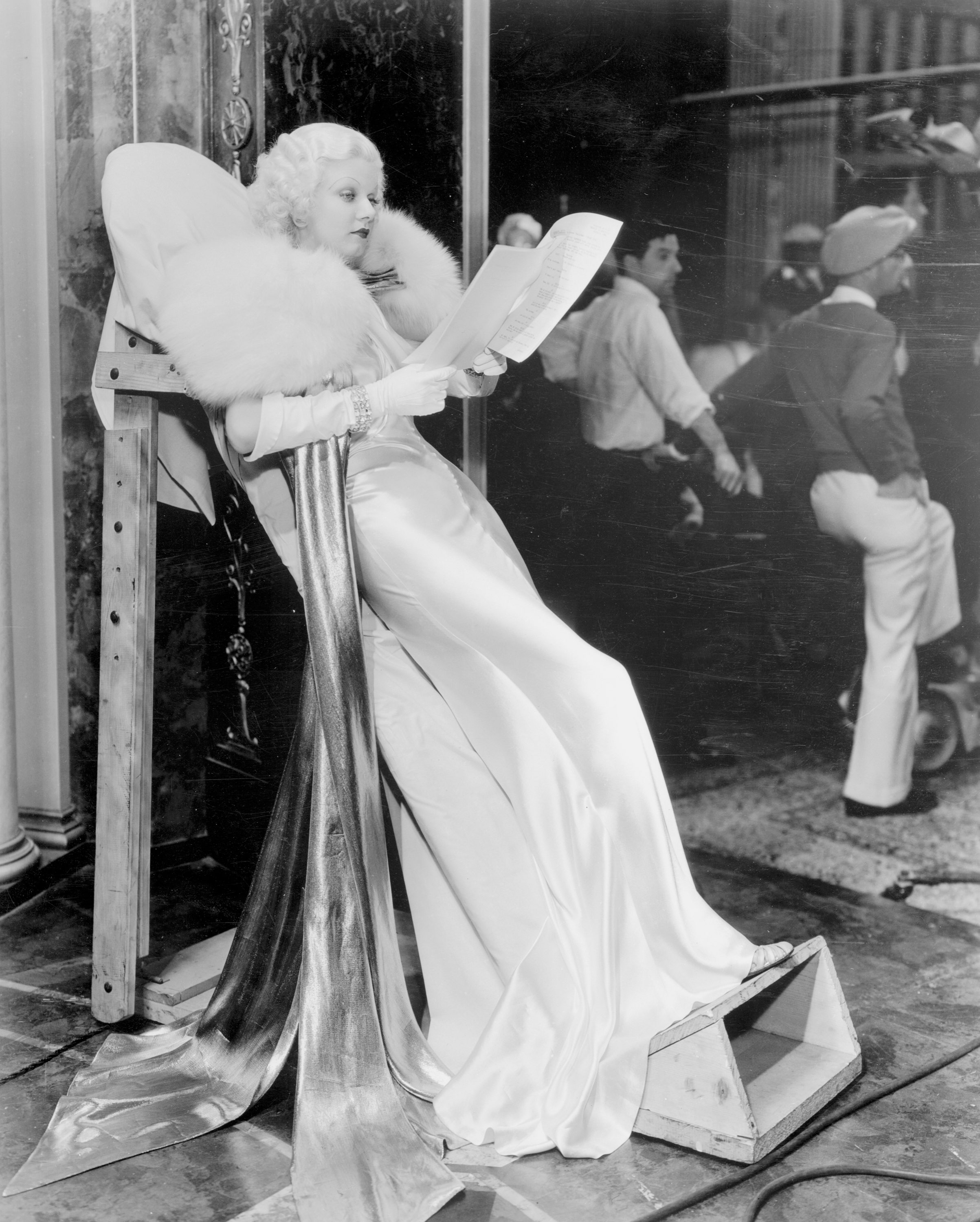
Dinner at Eight (1933) - Image courtesy of Warner Brothers
Dinner at Eight (George Cukor, 1933)
Several photos show Jean Harlow on the set of Dinner at Eight leaning back onto a padded board between takes. It has been said that her bias-cut satin gown was too tight to sit down, or maybe there was a concern about wrinkles. My favourite scene in this film involves loungewear. It involves an argument between Harlow as the upwardly mobile Kitty Packard and her husband, played by Wallace Berry, in which the enormous ostrich feather sleeves of Harlow’s sequined robe take on a life of their own. There is also a proliferation of bows on the dresses and blouses in this movie, always a good feature in my view.
Cab Calloway’s Hi-De-Ho (Fred Waller, 1933) & Jitterbug Party (Fred Waller, 1934)
Two short films by Fred Waller featuring the bandleader, jazz singer and dancer Cab Calloway build stories around musical numbers, not unlike later music videos. They were produced only three years after Calloway’s song "Minnie the Moocher" became the first single by an African-American to sell a million copies.
The 10-minute long Cab Calloway’s Hi-De-Ho starts with Calloway and his band practising a new number for the Cotton Club while en route in a sleeper car from Chicago to New York, all wearing pyjamas, but none as fetching as the bandleader’s who is even sporting a pocket square. On arrival, Calloway changes into a sharp double-breasted three-piece suit and white Homburg hat, before we see him wearing a light-coloured mourning suit on stage. In the last scene, Calloway wears another fine suit with a dazzling white shirt with one his trademark long collars.
Jitterbug Party, another of the 200 one-reel shorts shot by film pioneer Fred Waller, begins with Calloway and his band performing two numbers at the Cotton Club before moving on to a private jitterbug party with friends. Calloway’s stylish three-piece suit, initially covered by a long coat while the party stops at various entertainment venues and eateries, is revealed in all its glory in the last scene. Its sharply-creased wide trousers, tight-fitting waistcoat and jacket are made of a check fabric. The long-collared white shirt and pocket square feature again, as well as a tightly-knotted tie and a watch chain. The female party goers who include a young Lena Horne, wear a variety of slim afternoon and evening dresses, and do not let their high-heeled shoes stop them performing a synchronised step dance.
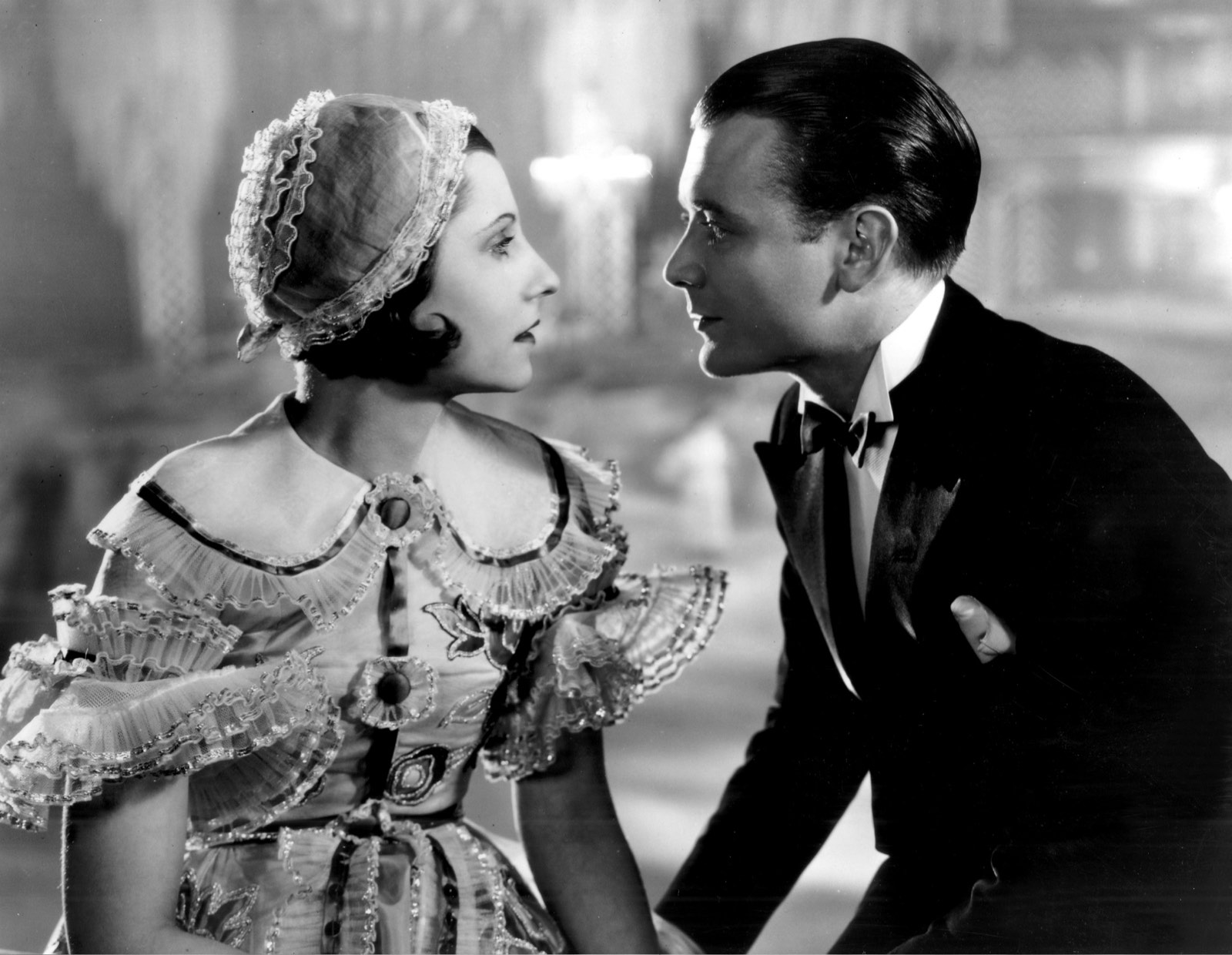
Car of Dreams (1935) - Image courtesy of ITV Studios
Car of Dreams (Graham Cutts, Austin Melford 1935)
On 14 January 1927, The Ice Club became the first indoor ice rink to open in London after the First World War, which seems to have started a skating craze gripping the capital. The Streatham Ice Arena in South London admitted skaters from 1931 in a building designed by Robert Cromie, an architect better known for cinemas. The popular ice rink – it was reported that 3000 people attending the opening - was used for ice skating competitions, ice hockey matches and ‘ice carnivals’. The Streatham Ice Arena was also the backdrop for the fancy dress sequence near the end of The Car of Dreams. I am not quite sure what Grete Mosheim’s costume represents, it seems to involve a crinoline and probably is meant to be Victorian. A great many extras skate in a large variety of costumes in the final scene before Mosheim and John Mills drive towards the sky in their car of dreams.
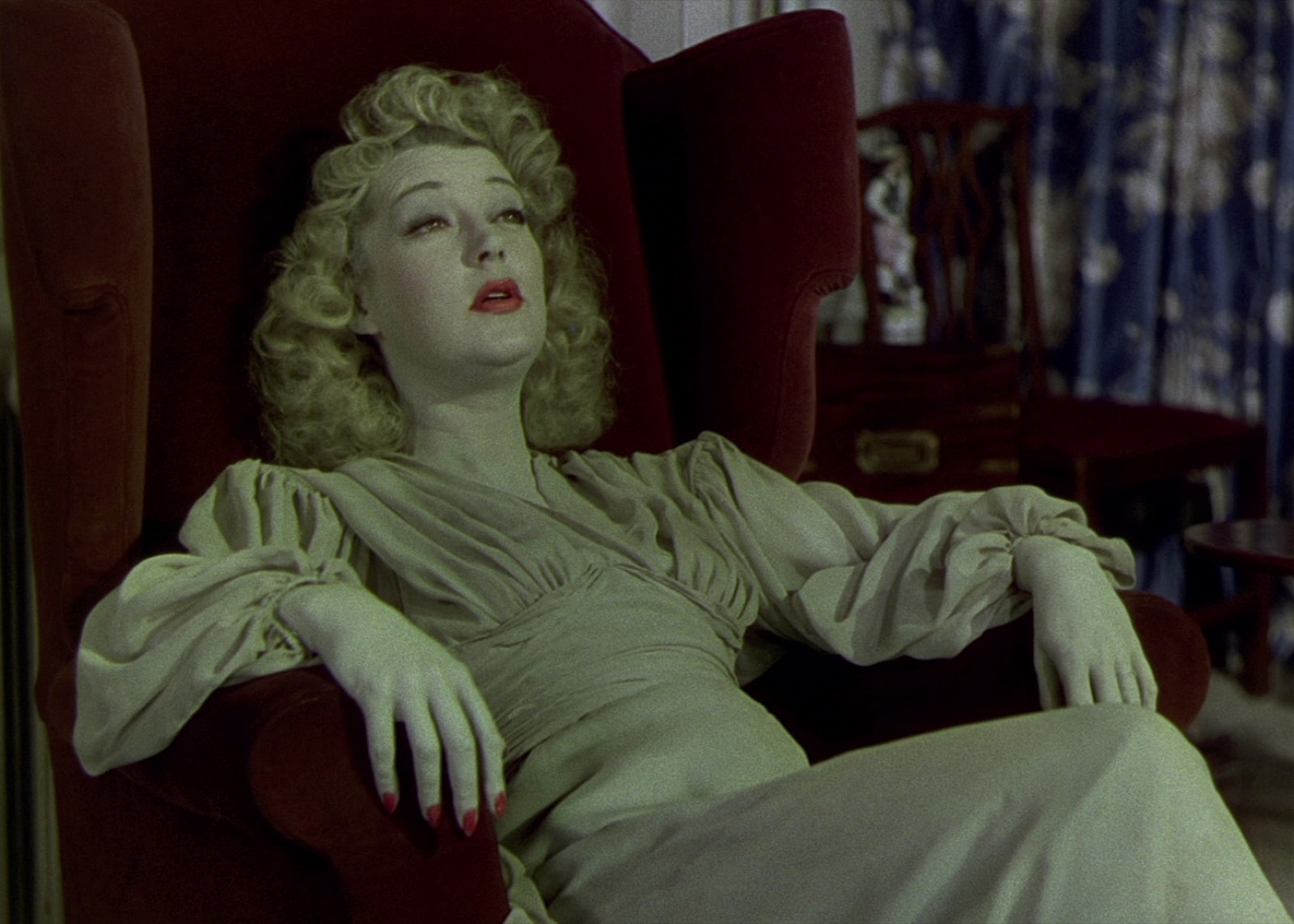
Blithe Spirit (1945) - Image courtesy of ITV
Blithe Spirit (David Lean, 1945)
I only discovered Blithe Spirit recently and loved it at first sight. My favourite character is, of course, Elvira, played by Kay Hammond, the ghost of the first wife of novelist Charles Condomine (Rex Harrison), conjured up by mistake during a séance with a somewhat eccentric medium played by Margaret Rutherford. The clothes are credited to Raemonde (“Rae”) Rahvis who ran a London fashion house with her sister Dora. Rae did not have much to do, there are few costume changes. The film is shot in Technicolour which brings out the greens and reds in particular, which are the dominant dress colours. The washed-out and slightly green make-up of ghostly Elvira contrasts with her coral lips and matching (of course!) nails.
Falbalas (Jacques Becker, 1945)
Jacques Becker’s Falbalas (Paris Frills) is one of the films Rebecca and I have discussed on our podcast. It is set in a Paris couture house, with clothes designed by real-life couturier Marcel Rochas. Most amazing is a feather-sleeved swing coat worn by Micheline Presle (as Micheline Lafaurie), featuring the wide shoulders of the immediate post-war years. It was one of two designs featured in the weekly newspaper Carrefour (7 July 1945) as part of a review that describes Falbalas as the first French film depicting couture ‘with a laudable concern for accuracy’. Maybe this is no surprise as Becker’s mother apparently worked in a couture house. A less favourable review of the film published in Cité Soir in the same month declared it distasteful that such a robe is presented in the film by the fictional couturier to a young woman of only 19 years. But then, maybe that is the whole point? As Rochas says in the Carrefour review, ‘Falbalas n’est pas un film de beauté, mais de cruauté’.

Quay of the Goldsmiths (Quai des Orfèvres) (1947) - Image courtesy of STUDIOCANAL
Quai des Orfèvres (Henri-Georges Clouzot, 1947)
Quai des Orfèvres went into production on 3 February 1947, 9 days before a momentous day in fashion history: the presentation of Dior’s first collection, soon named the New Look. Filming was finished in May, a few months before Dior presented his second collection on 6 August. This means that the film still features the wide-shouldered and relatively short-skirted clothes of the immediate post-war era, rather than the new silhouette. Clothes were provided by a couturier who had opened his house 10 years earlier: Jacques Fath. I was brought to the film by my love of Juliette Gréco, who was famous for many things including wearing men’s trousers, just like the photographer Dora Monier (Simone Renant) who wears trousers for most of the film, at least when at work, although this might also serve to signify her sexual preferences. Dora also owns a wonderful sweater with her name appliqued at the front.
Maytime in Mayfair (Herbert Wilcox, 1949)
Maytime in Mayfair, featuring Anna Neagle and Michael Wilding, is also set in a couture house: Maison de Londres. Unlike Falbalas, realism was not of interest here, but it is still well worth watching because of the beautiful garments rendered in Technicolor. During a fabulous fashion show sequence, models step out of life-size prop Vogue and Harper’s Bazaar magazine covers, wearing creations made by each of the ten designers, then members of Inc Soc, the not very snappily named Incorporated Society of London Fashion Designers, including Hardt Amies, Norman Hartnell, Molyneux, Bianca Mosca and Victor Stiebel. An added bonus are the many shots of the London of 1949.

The Wild One (1954) - Image courtesy of Sony
The Wild One (Lazlo Benedek, 1954)
In The Wild One, Marlon Brando plays Johnny Strabler, leader of the Black Rebels Motorcycle Club, a group of bikers in leather jackets, rolled up jeans, big boots and an assortment of caps. Brando’s look in the film is iconic – I love that he has his character’s first name written on the front of his leather jacket - but I have always been drawn more to the leader of the rival gang, The Beetles: cigar-smoking Chino played by Lee Marvin. I love his black and white striped jersey, the thin black neck scarf which is trailing behind him, the leather vest, the pendant hung from a long string and his old-style racing goggles. The Beetles are dressed less uniformly than the Black Rebels, although sheepskin leather jackets seem to be a favourite garment, and also included women in their club, even if they were only riding pillion rather than on their own bikes.
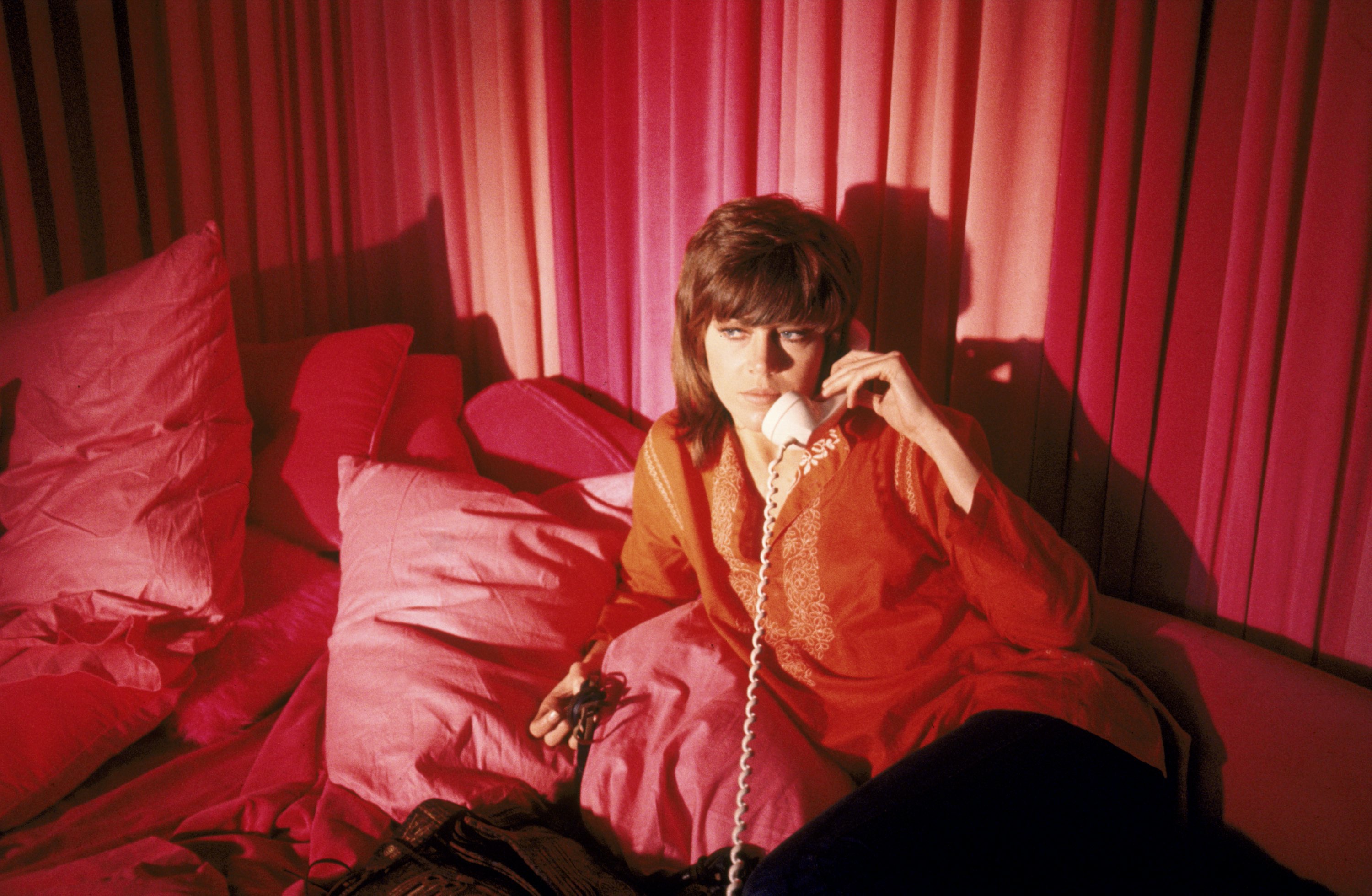
Klute (1971) - Image courtesy of Warner Brothers
Beat Girl (Edmond T. Gréville, 1960)
Beat Girl stars Gillian Hills - Britain’s answer to Brigitte Bardot - as sulky teenager Jennifer, who rebels when her father brings home his new, very young, French wife. The film tries to explain in a rather heavy-handed way how the effects of the Second World War have made post-war teenagers so troublesome. The four main characters, which include singer Adam Faith, are supposed to be Beatniks but do not wear anything too unusual. The young people attending a party in what looks like a grotto later in the film are more Beatnik-like, women wearing black and men sporting the chin strap style beard supposedly popular with that subculture.
Klute (Alan J. Pakula,1971)
Jane Fonda’s shaggy, feathery haircut should have its own line in the credit of Klute, in which she plays sex worker Bree Daniel. The film was shot at the beginning of the 1970s, but the clothes have all the hallmarks associated with that decade: skirts are maxi or mini, boots are slim (and here over-the knee), there is a preponderance of skinny rollnecks and suede, bras seem to be absent, and accessories consist of long pendant necklaces and massive sunglasses. This is also the period when fashion looked to the past and borrowed – some might say appropriated, clothes from other countries: Fonda’s sequined gown and feather boa are reminiscent of the interwar years, and in one scene she wears a kaftan. Costume designer Ann Roth also worked on Working Girl, discussed below, but Fonda later claimed that much of the clothes, including a prominent large fringe bag, had been hers.

Girlfriends (1978) - Image courtesy of Warner Brothers
Eyes of Laura Mars (Irvine Kershner, 1978)
Eyes of Laura Mars is another film set in the world of fashion. Faye Dunaway plays the titular Laura Mars, a fashion photographer whose work often involves staging violent scenes, somewhat reminiscent of some of the work of fashion photographers Helmut Newton, Guy Bourdin and Chris von Wangenheim. One shoot also references Deborah Turbeville’s famous series of photographs shot in an abandoned New York Bath House for American Vogue in 1975. Dunaway’s clothes and make-up compliment her copper-coloured hair – she is all beiges, burgundies and cinnamon tones, rendered in fluid fabrics. There is also a lot of unstructured, colourful 1970s lingerie on display and lip gloss, lots of lip gloss. Theoni V. Aldredge was responsible for costume design, four years after she had styled The Great Gatsby for which she had won an Oscar®. Unsurprisingly Aldredge won the Saturn Award for Best Costumes and make-up artists Lee Harman, Vincent Callaghan and Lynn Donahue were nominated for Best Make-Up.
Girlfriends (Claudia Weill, 1978)
Filmed in the same year as Eyes of Laura Mars, Girlfriends is also about a female photographer, Susan Weinblatt played by the wonderful Melanie Mayron, but could not be more different. This is not about high fashion, but about everyday wear, which does not make it any less interesting. Mayron photographs weddings and Bar Mitzvahs to survive. She wears the slim turtlenecks ubiquitous in the 1970s underneath men’s shirts, changing into blouses and skirts when dressing up. Apart from Mayron’s fabulous hair and large glasses, I particularly love her double denim look from the poster.
Fame (Alan Parker, 1980) & Flashdance (Adrian Lyne, 1983)
Fame and Flashdance came out three years apart and while both did a lot for legwarmers, they are very different films. Fame tries to say something about the life chances of people from different backgrounds. Flashdance pretends to do that as well, but it is much more like a fairy tale. Costume designer Kristi Zea developed a very distinct look for each of the characters in Fame. The most memorable fashion scene from Flashdance for me has always been Jennifer Beals as Alex Owens taking off her bra without removing her sweatshirt, a move many of us knew how to perform but had never seen on the big screen.

Fame (1980) - Image courtesy of Warner Brothers
Ladies and Gentlemen: The Fabulous Stains (Lou Adler, 1982)
In Ladies and Gentlemen: The Fabulous Stains, Diane Lane plays Corinne - Connie - Burns, the lead singer of the punk girl band mentioned in the fantastic film title. The clothes of Diane/Connie and of the two band members, played by Laura Dern and Marin Kanter, retain punk elements from the previous decade: dyed, spikey hair, fishnet or patterned tights worn with granny underpants, but move towards post-punk incorporating 1950s blouses and cardigans. The dark orange used for Lane’s eye make-up and lips is picked up in socks – worn with sandals - and tops. In one sequence the band appears in what looks like a shopping mall with a mass of female extras all sporting Lane’s hair, make-up, and outfit. I most love the definitely post-punk incarnation of the band at the end of the film, dressed up for an appearance on MTV which had launched just a year earlier. Famously, the male punk band featuring in the film is made up of Ray Winston, Paul Cook and Steven Jones from the Sex Pistols and Paul Simonon of The Clash.
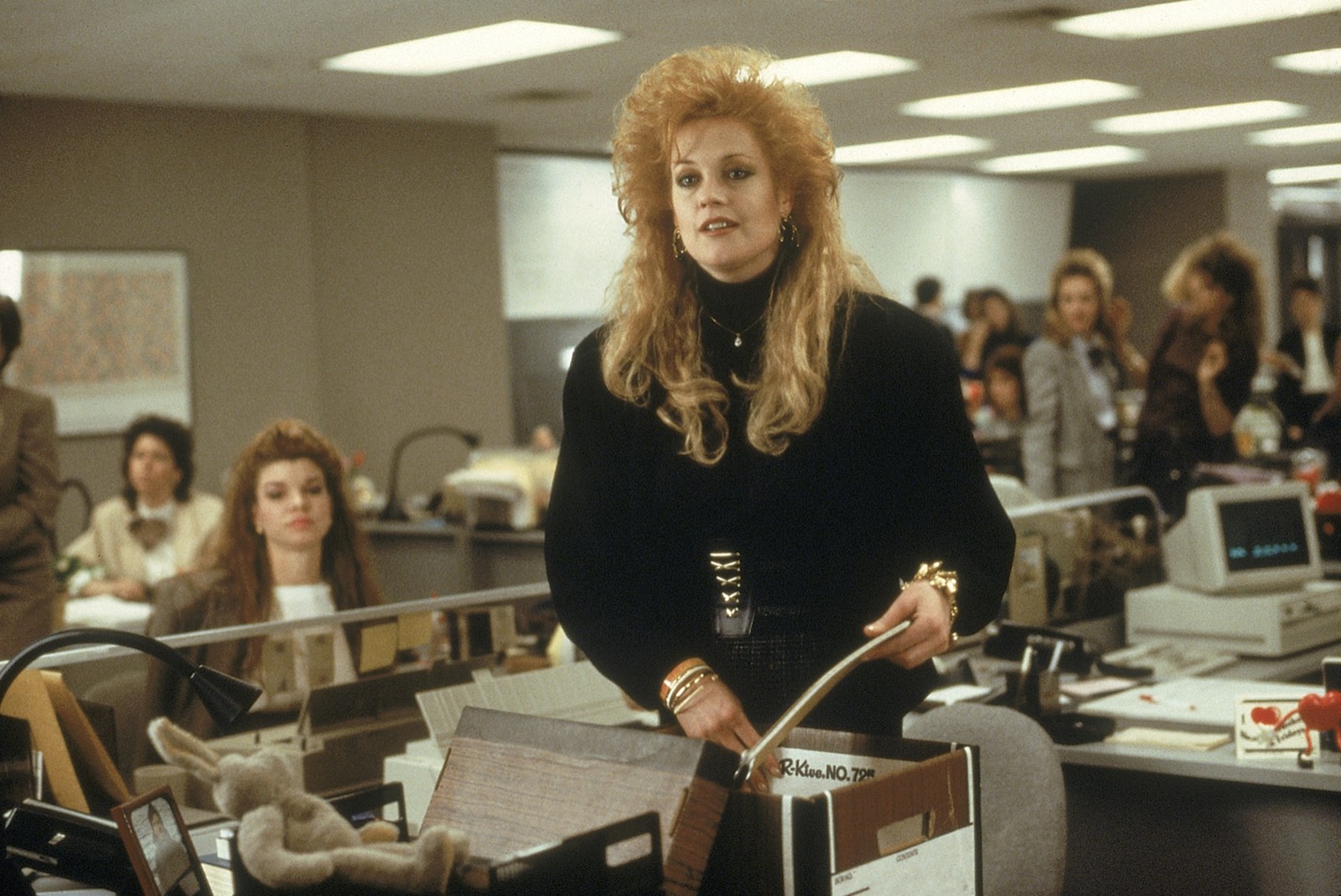
Working Girl (1980) - Image courtesy of Walt Disney Studios
Desperately Seeking Susan (Susan Seidelman, 1985)
I loved Madonna’s look in the video for her song Holiday in 1984: that it was an all black outfit, her short leggings peeping out from underneath a mini-skirt, the low-slung belt, the top that was falling of her shoulder when she moved, the many wristbands, the hairband and the big earrings – although I was never so sure about the lace gloves. It is the same look, albeit more colourful, Madonna has in Desperately Seeking Susan which is also gradually adopted by the New Jersey housewife played by Rosanna Arquette, in favour of her own more ‘sensible’ clothes.
Working Girl (Mike Nichols, 1988)
The wardrobe of Melanie Griffith who plays the eponymous Working Girl incorporates all the elements associated with 1980s fashion: wide shoulders with the pads often visible underneath, silk (human-made or real) blouses and dresses, pussy bows, oversize suit jackets with rolled up sleeves, trenchcoats, and off-the shoulder evening gowns. The big – very big – hair, rigidly held in place by hairspray displayed by Griffith at the beginning of the film and her best friend, played by Joan Cussack throughout, is used to donate class, and becomes tamer as Griffith’s career ascends. Accessories and make-up play another important part: shoulder bags, briefcases, see-through tights and high-heeled pumps, clip-on earrings and shimmering lipstick.
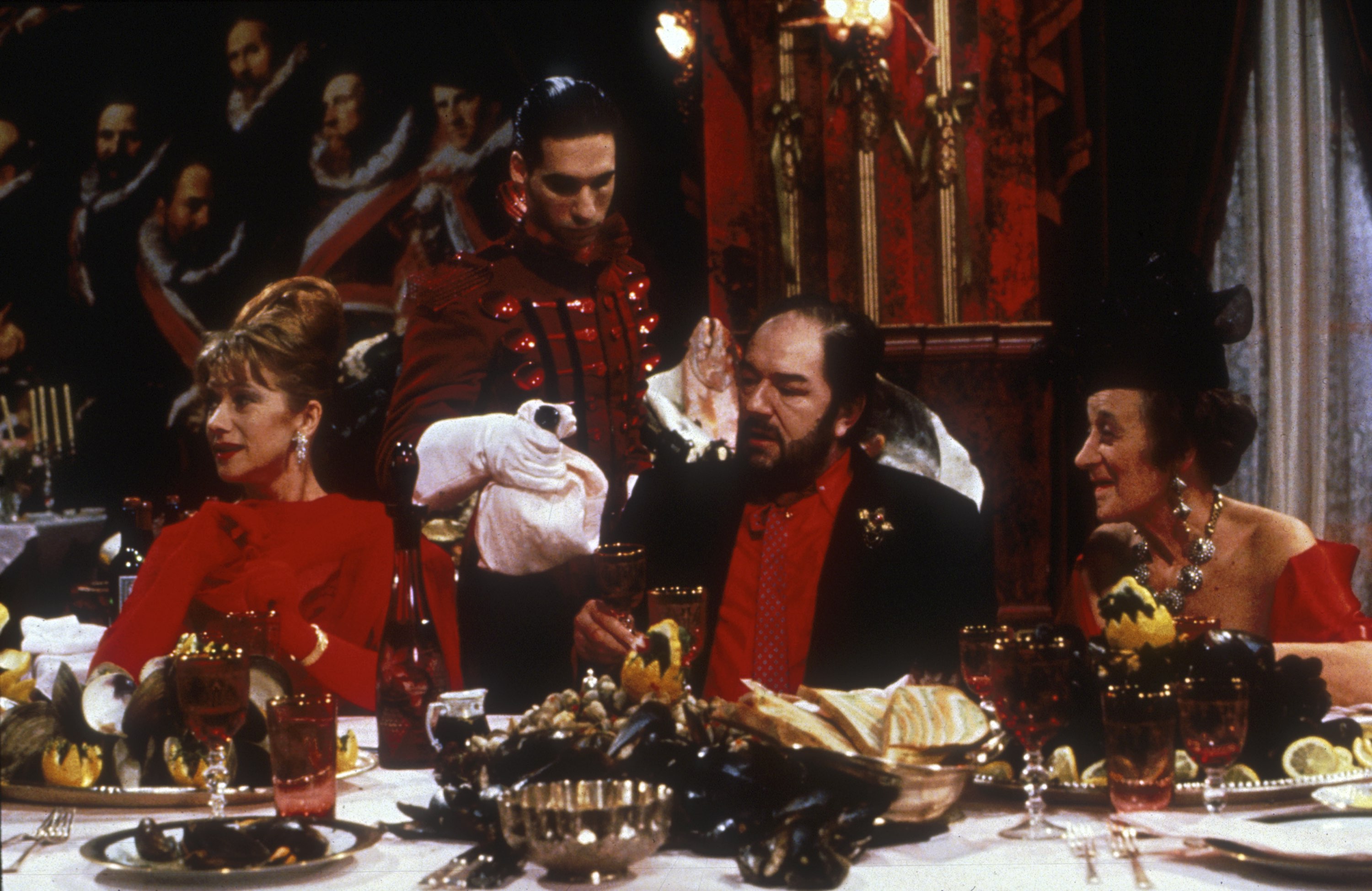
The Cook, The Thief, His Wife & Her Lover (1989) - Image courtesy of Universal
The Cook, The Thief, His Wife & Her Lover (Peter Greenaway, 1989)
The creations of couturiers and fashion designers have long featured in films, but maybe not many of them have been as inspired and enthusiastic cinephiles as Jean-Paul Gaultier, a big fan of the already mentioned Falbalas. Gaultier was responsible for the costumes in Peter Greenaway’s The Cook, The Thief, His Wife and Her Lover. The film is set in a high-end restaurant with three theatrical rather than filmic, colour-coded sets: the red-dominated dining room, the green kitchen and the off-white, extremely spacious ladies’ toilet (arguably there is a fourth: the blue outdoors). The clothes of the female protagonist played by Helen Mirren, famously change colour when she moves from one room to another. Accessories (and underwear) again are important: Mirren wears colour co-ordinated elbow-length gloves, one pair befringed, feathered fascinators and statement earrings.
Unzipped (Douglas Keeve, 1995)
Unzipped, Douglas Keeve’s film about Isaac Mizrahi, must be one of if not the first of the fashion designer documentaries that seem to have proliferated recently. It is most likely one of the funniest, and the best at capturing the excitement, organised chaos, stress but also fun involved in staging a fashion show at that time. It also demonstrates the many skills required for being a successful model. I will not say any more. Unzipped is one of Rebecca’s favourite film and you just have to listen to our podcast episode about it.



